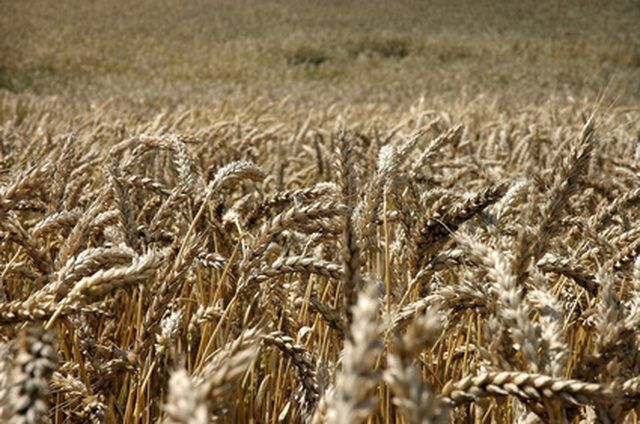Bulbs
Flower Basics
Flower Beds & Specialty Gardens
Flower Garden
Garden Furniture
Garden Gnomes
Garden Seeds
Garden Sheds
Garden Statues
Garden Tools & Supplies
Gardening Basics
Green & Organic
Groundcovers & Vines
Growing Annuals
Growing Basil
Growing Beans
Growing Berries
Growing Blueberries
Growing Cactus
Growing Corn
Growing Cotton
Growing Edibles
Growing Flowers
Growing Garlic
Growing Grapes
Growing Grass
Growing Herbs
Growing Jasmine
Growing Mint
Growing Mushrooms
Orchids
Growing Peanuts
Growing Perennials
Growing Plants
Growing Rosemary
Growing Roses
Growing Strawberries
Growing Sunflowers
Growing Thyme
Growing Tomatoes
Growing Tulips
Growing Vegetables
Herb Basics
Herb Garden
Indoor Growing
Landscaping Basics
Landscaping Patios
Landscaping Plants
Landscaping Shrubs
Landscaping Trees
Landscaping Walks & Pathways
Lawn Basics
Lawn Maintenance
Lawn Mowers
Lawn Ornaments
Lawn Planting
Lawn Tools
Outdoor Growing
Overall Landscape Planning
Pests, Weeds & Problems
Plant Basics
Rock Garden
Rose Garden
Shrubs
Soil
Specialty Gardens
Trees
Vegetable Garden
Yard Maintenance
How to Calibrate a Boom Sprayer
How to Calibrate a Boom Sprayer. Correct calibration of a sprayer is extremely important in using pesticides. If you apply too much chemical, you waste money and could contaminate the environment. If you don't apply enough, effective control of the pest may not be achieved. There are several ways to calibrate a boom sprayer. The tank refill method...

Correct calibration of a sprayer is extremely important in using pesticides. If you apply too much chemical, you waste money and could contaminate the environment. If you don't apply enough, effective control of the pest may not be achieved. There are several ways to calibrate a boom sprayer. The tank refill method is the simplest.
Things You'll Need
Two wooden stakes
Brightly colored surveyors' tape
Measuring tape, 100 or 200 feet long
Graduated bottle
Graduated gallon bucket
Check the sprayer thoroughly to ensure there are no worn nozzles, dirty screens, worn belts or faulty air pressure gauge.The sprayer supports and frame should be sturdy and the spray tank free of rust and sludge. Take off the end caps of the boom and run water through the boom to ensure that it is unobstructed.
Put water in the spray tank, start the sprayer, adjust the pressure regulator to operating pressure and collect spray in a graduated bottle from each nozzle for 30 seconds. If output from any nozzle varies more than 10 percent of the average flow between the other nozzles, replace the bad nozzle.
Set two stakes 660 feet apart in an area that has vegetative cover, soil firmness and terrain similar to the field that is to be sprayed. Tie surveyors' tape on the top of each stake so that they can be easily seen.
Fill the spray tank with clean water and mark the fluid level on the tank. Select an operating speed and pressure before beginning calibration. When the tractor speed is set, record the tachometer reading or mark the throttle setting. When applying the pesticide, use the same speed and pressure that was selected for calibration.
Park the tractor approximately 25 feet from the first stake with the sprayer shut off. Set the tractor brakes and increase engine speed until the correct RPMs are reached.
Release the brakes on the tractor and let it move forward without moving the throttle. When the boom passes the first stake, turn on the sprayer. When the boom passes the second stake, turn off the sprayer.
Refill the spray tank with a graduated bucket while recording the amount of water that is required to bring the fluid level to the previously marked line on the tank.
Use the following formula to determine the application rate of the sprayer.
Gallons per acre (GPA) = Gallons to refill X 66 /spray width (feet)
Tips & Warnings
Graduated jars and buckets can be purchased from agricultural chemical dealers.
Never blow on nozzles or screens for cleaning. Use a soft bristle brush.